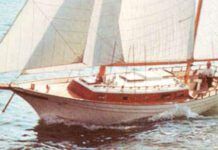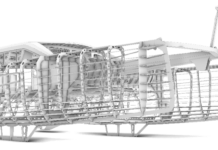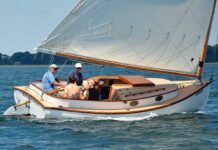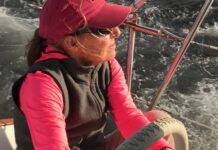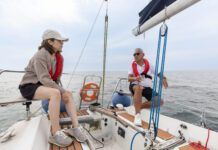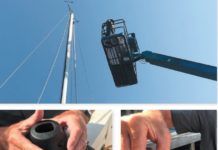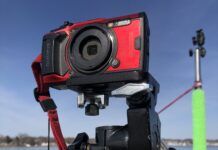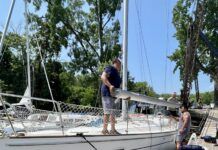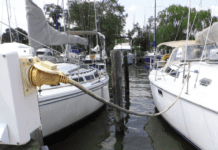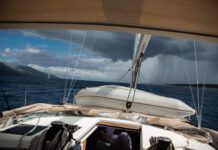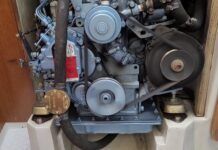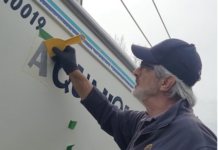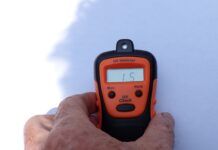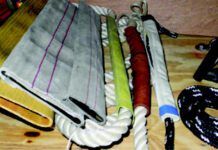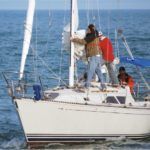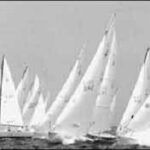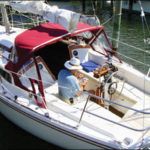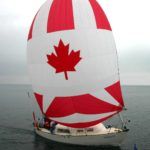Home Search
\"keel bolts\" - search results
If you're not happy with the results, please do another search
Mailport 10/01/98
Sticky Anchor ChainFor our Brewer 12.8 I recently bought new galvanized chain for the electric windlass. The galvanizing made the chain quite rough, causing...
Cheeki Rafiki Loss Puts Spotlight on Keels-Again
If youve been following the tragic story of Cheeki Rafiki, the Beneteau First 40.7 that lost its keel with fatal consequences while crossing the...
The Dual-Purpose C&C 33 Mark II
On DecksThe deck layout on the C&C 33 is conventional. The double lifelines with lifeline gates, pulpit, and pushpit are sturdy, well made, and...
J/24
The J/24 is one of those boats that happened along at just the right time, with the right marketing to a ready market. Some...
Used Sailboats from the 1970s: Practical Sailor Puts Plastic Classics Under the Microscope
More than 6,500 Catalina 30s have been built since the boat was introduced in 1974, which must be some kind of record. Its design...
PS Advisor 04/01/99
Switch FailureIs there a special way to keep bilge sump switches? The reason I am asking is that the Rule-A-Matics on my Hunter 34...
Grampian 26
The first fiberglass auxiliary sailboats were built in the late 1950s; for the record, the first was the 40-foot Philip Rhodes-designed Bounty II (1956),...
Pearson 26
When Bill Shaw in 1970 drew the lines for the Pearson 26, Pearson Yachts had been in business for 14 years, but had undergone...
Mailport 07/01/99
Keel BoltsIn the April 1, 1999 issue a reader asked about replacement of keel bolts. I presume, from his question, that PSs position is...
Craftsmanship is at the Heart of Construction
The current boats incorporate six molded elements: hull, keel, forward bulkhead, aft bulkhead, floor liner and deck. The hull-and-deck sandwich structure utilizes an Airex...


